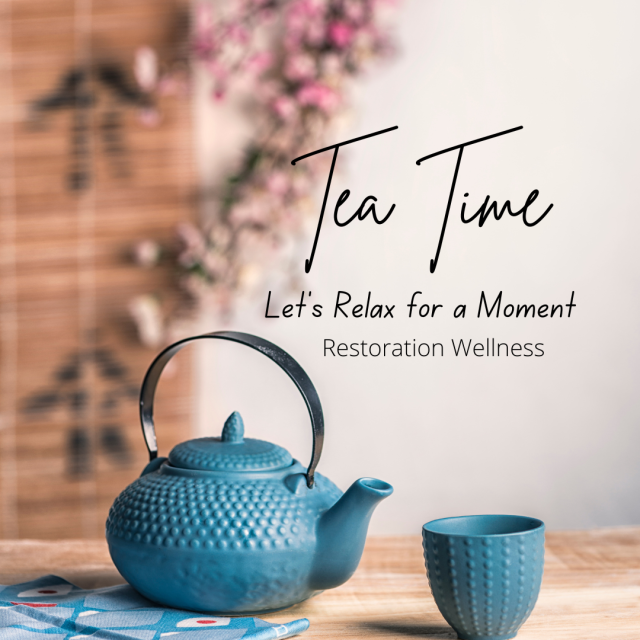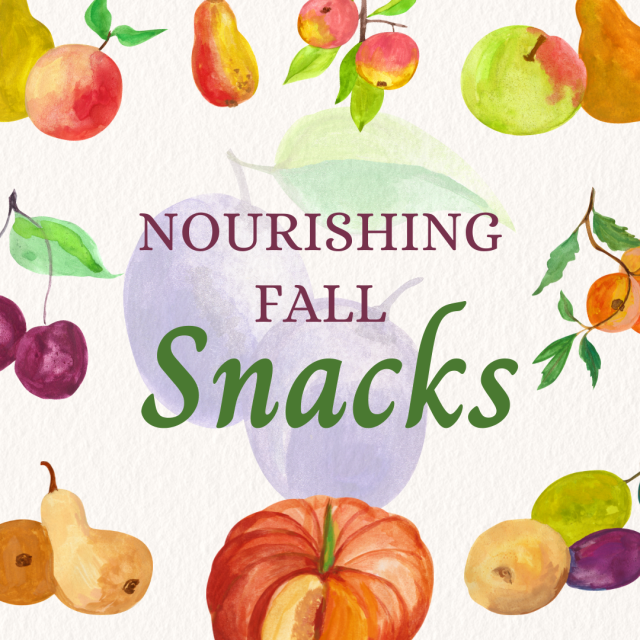Unveiling the Mind’s Mastery: Exploring Joe Dispenza’s “You Are the Placebo”

In the realm of mind over matter, where the boundaries between belief and reality blur, Joe Dispenza’s “You Are the Placebo” beckons us to embark on a journey into the extraordinary capabilities of the mind. Today, let’s delve into the pages of this transformative book and unravel the profound impact it reveals on cellular function and overall well-being.
1. The Power of Belief: Rewiring the Cellular Blueprint
At the heart of Dispenza’s exploration lies the revelation that our beliefs are not passive spectators but active architects of our cellular landscape. By delving into the placebo effect—the phenomenon where belief in a treatment triggers the body’s inherent healing mechanisms—the book invites us to consider the possibility that our thoughts can sculpt the very blueprint of our cellular existence.
2. Cellular Alchemy: The Placebo Effect in Action
As we navigate the pages of “You Are the Placebo,” we encounter compelling stories of individuals who experienced profound healing simply through the power of belief. The placebo effect, often dismissed as mere deception, emerges as a legitimate force capable of altering cellular function, influencing neurotransmitters, and even catalyzing physiological changes that defy conventional understanding.
3. Mind-Body Symphony: Orchestrating Wellness from Within
Dispenza invites us to view the mind and body not as separate entities but as a harmonious symphony, where the mind conducts the cellular orchestra. Through meditation, visualization, and intentional focus, he guides readers to explore the profound impact of thoughts on neuroplasticity—the brain’s ability to reorganize and adapt—suggesting that we have the power to shape our brains and, consequently, our entire well-being.
4. Placebo as a Catalyst for Transformation
As we navigate the transformative terrain of “You Are the Placebo,” it becomes evident that the placebo effect is not a deception to be dismissed but a catalyst for profound transformation. By understanding the potential of belief to influence genetic expression, immune function, and the very fabric of our cellular existence, Dispenza invites us to become active participants in our healing journey.
5. Breaking the Chains of Limiting Beliefs
The book serves as a guide for breaking free from the chains of limiting beliefs, offering practical insights and meditative exercises to empower individuals to become the architects of their own well-being. Through the lens of “You Are the Placebo,” the mind becomes a canvas upon which we can paint the picture of our desired health and vitality.
Conclusion: Empowering the Mind, Transforming the Self
In the captivating exploration of “You Are the Placebo,” Joe Dispenza unfolds a narrative that transcends the conventional boundaries of medicine and taps into the limitless potential of the mind. As we absorb the wisdom within these pages, we are invited to consider the profound impact our beliefs can have on cellular function and, ultimately, the canvas of our own lives.
So, let us embark on this journey of self-discovery, where the mind becomes the masterful conductor of cellular symphonies, and the belief in our own potential becomes the catalyst for transformative wellness. “You Are the Placebo” not only unveils the mind’s mastery but beckons us to step into the realm of possibilities where belief becomes the ultimate placebo for a life of profound well-being.





























